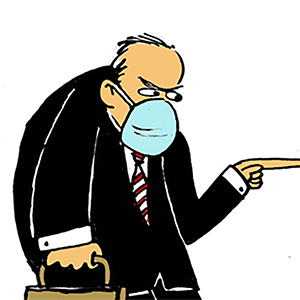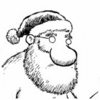Taking the Kids: To Berlin
No wonder more Americans are visiting -- more than 400,000 a year. The city is very walkable with some 20 marked walks, hikes, green shortcuts and fitness trails. Many stop for selfies at the Brandenburg Gate, the only city gate left in Berlin. It once marked the dividing point between east and west, but after the wall fell, it became the symbol of a unified country.
Berlin is clearly flourishing, though no one has forgotten the darkest days of the Holocaust (a must-see is the Jewish Museum, which chronicles 2,000 years of Jewish history) or the Cold War. The Monument to Freedom and Unity is scheduled to open next year to celebrate German reunification as is The House of One, a planned interfaith center funded by crowdfunding at Petriplatz Square for followers of three major monotheistic world religions -- Judaism, Christianity and Islam. It's a place to celebrate the peaceful coexistence of religions.
The Berlin Wall, of course, was the physical symbol of the Iron Curtain that cut off Western Europe from the Eastern Bloc during the Cold War. A total 138 people died trying to escape, though officials at the Mauer Checkpoint Charlie Museum have estimated the toll as much higher. The quirky museum is a great place to see the ways desperate people went to try to escape -- hiding in a hollowed-out surfboard or a large sound speaker, ziplining (including a 5 year old), parachuting, hiding in a car where the engine had been reconfigured.
Today, of course, there are only small areas of the wall remaining. In one spot right on the border, Birchenough explained, people literally jumped to safety with West German police waiting with big nets to cushion their fall; but then the barbed wire wall was replaced with 11.6-foot-high concrete walls manned by armed troops in more than 300 watch towers.
Look for the bricks that now mark where the wall went and the paving stones that mark tunnels where East Germans escaped, including the 57 people who made it out through "Tunnel 57." It was dug from West Berlin by an engineering student desperate to rescue his girlfriend.
There are photos of many of those who died, including young children who drowned in the river -- the river was in East Berlin, the riverbank in the West. Most of those who died were young, only in their 20s.
The reality of what happened here seems somehow lost in the kitchiness of Checkpoint Charlie, the most famous border crossing where American soldiers stood guard on one side, East German soldiers on the other. Today, there are souvenir stands and actors dressed as soldiers willing to pose for a picture for a few Euros. There is also a huge portrait of Sgt. Jeff Harper, the last American guard here.
Elsewhere along the wall, we stopped in the Chapel of Reconciliation in the Mitte district of Berlin. The church, which dated from 1894, survived World War II, but was within the Soviet sector and, with most of its parishioners in the west, it was destroyed.
Nearly 20 years ago, the round reconciliation chapel was built on the site of the church, using stone, splinters of wood and even glass that came from the rubble of the church, which had become embedded in clay. The heavily damaged altar hangs in the same place as in the original church. Outside, a rye field, the symbol of life, has been planted and there are services of remembrance at noon several days a week.
It's a living lesson in how reconciliation matters.
========
(For more Taking the Kids, visit www.takingthekids.com and also follow "taking the kids" on www.twitter.com, Facebook and Instagram where Eileen Ogintz welcomes your questions and comments.)
(c) 2018 DISTRIBUTED BY TRIBUNE MEDIA SERVICES, INC.






